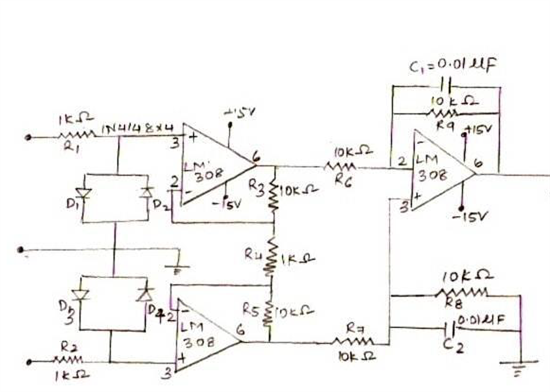I'm trying to make an EMG front end amplifier with an INA326 and several OP amps for respective HP/ LP filtering. Could someone point me in the right direction with building such a device?
I'll be using filterpro for the hardware HP/LP filters with OP233's. What i understand is that there is no need for a right leg driver, like in ECG designs. I was told to High pass the signal first then low pass it. Wouldn't most of the noise exist in the High Frequency end?
My constraints for EMG are
large muscle use -amplitude from 0-10mV
Smaller muslces - amplitude from 0-1.5mV
0-500Hz freq range, with dominant energy in the 50-150Hz range.
As this EMG device will be on a wireless device, the subject will be moving. Will i need a right leg driver for signal fidelity.
Thanks in advance for any help or advice whatsoever.




